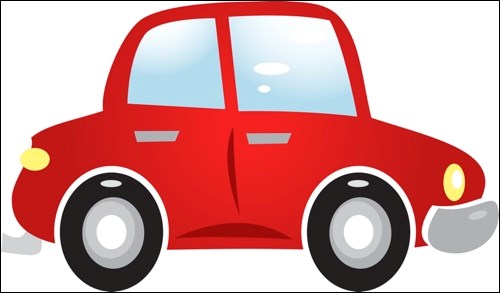Regina – Last October a car with a panoramic camera mounted on the roof was parked in a North Battleford hotel parking lot for several evenings. Its driver was spending his days driving Saskatchewan highways, imaging and, perhaps more significantly, collecting three-dimensional LIDAR imagery and GPS data on those highways. The purpose was more than just a Google Streetview-type application. The intent was to collect data for future autonomous vehicle operation.
A lot of people are saying electric vehicles and autonomous vehicles are the future, and SGI is keeping its eyes open on those fronts, according to Minister Responsible for Saskatchewan Government Insurance Joe Hargrave and SGI president and CEO Andrew Cartmell. They spoke to reporters from Regina on July 9 while presenting SGI’s annual reports.
Asked about autonomous vehicle operation in Saskatchewan, Cartmell said, “We've begun to work with the government on putting regulations and legislation in place so that as autonomous vehicles become more prevalent on our roads that there'll be the legislation to support the use of autonomous vehicles.
“In fact, we've done some work already, but more in the agricultural sector, because there was a Saskatchewan based company that had designed autonomous agricultural vehicles and we needed to look at the regulations on those vehicles. They were basically using grid roads and provincial roads in order to get from one field to the other. So we're actively working with the province on putting the right regulation and legislation in place so we're prepared when they become more common.”
Hargrave said they’re starting to work on those regulations. In the agricultural situation Cartmell mentioned, Hargrave said, “It's for very limited distances and an extremely limited speeds.”
“We’re starting to put things in place so that when it does become more prevalent that we're that we're able to react to it.”
Indeed, these issues are on the province’s legislative agenda.
One of the largest benefits that autonomous vehicle proponents suggest is that they will be much safer than human drivers, and that will impact insurance rates.
Hargrave said, “I think once that technology gets to that level, where it's there, it will be, in the long term, very beneficial for the insurance industry and for accidents and injuries.
“But it's still a fair ways away, where it becomes more of a common practice thing. But we identify that it is coming. And that's why we're working to get some initial regulations started and in place so that that we're ready to tackle it. We're working on it on an ongoing basis. We know what's coming. But we don't think it's like tomorrow, but we think it's it is down the road a ways and we're working on those issues right now.”
Asked about fixing a $100,000 electric Tesla if it gets whacked, Cartmell replied, “I guess it really depends on the extent of damage and where the damage occurs on the vehicle. We do share loss data with the insurance industry across Canada. So even though there may not be as many Teslas in Saskatchewan as perhaps in some other provinces, we do have access to data to properly price the cost of repairing those vehicles. We also have a claims technical division that does a lot of work with the repair industry, particularly around quality repairs and OEM certification and that type of thing. And as electric vehicles and as new technology is introduced into Saskatchewan, our technical group will work with repairs in the province to make sure that all these vehicles including electric vehicles are properly repaired and calibrated to get back on the road.”
He noted that special repair procedures are needed when dealing with the battery systems on electric vehicles to prevent possible electrocution.
If you have a Tesla with “autopilot,” can you legally use it in Saskatchewan?
“It’s a pretty easy answer. That's definitely, definitely not allowed,” Hargrave said.



